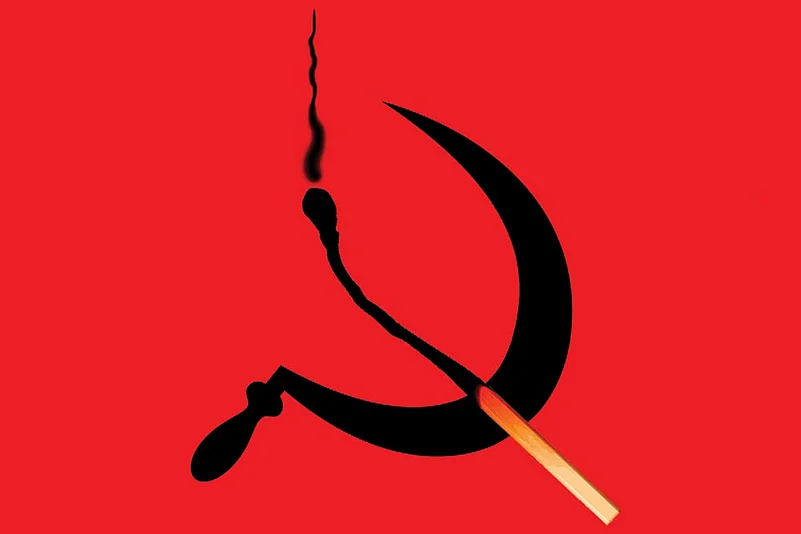Idealism kills. This warning, which should always be printed in bold in the manifestos of martyrdom, got smudged in the spring shower of 1967. It was just two decades after independence, after the creation of a new Republic. There was still hope. The syndicate, the sycophants and the old feudal lords were firmly in the saddle, but the Indian state was still a new beast and the young thought that they could tame it to be more humane, just and equal. So, they lighted a lamp and burnt themselves to keep the flame alive. Most of those young, angry and beautiful people didn’t wait to grow middle-aged or practical. Their lives and deaths have influenced politics, movies, poetry and much else. Now, the 50th anniversary of the Naxalbari uprising offers us an opportunity to look in the rearview mirror and ask: did they all die in vain?
It is impossible not to admire these people who gave up everything for absolutely nothing in return. They thought they were going to change the world. Their previous generation, the Gandhian freedom fighters who founded the Communist Party of India, had indeed made a difference. But the younger ones were in a greater hurry. They forgot or rather did not see that violence begets violence, that violence justifies and legitimises violence and that it is the meek who suffer most in times of violence. Yet, the land reforms of West Bengal and Kerala have a lot to do with the politics of peasant uprising of Naxalbari. Nothing else could have probably tackled the landlordism and feudal oppression of Telengana and Andhra Pradesh. What else could have taken on the Ranvir Sena thugs of Bihar on behalf of the Dalits? Naxalbari was no longer the name of a bari or hamlet in Siliguri district of West Bengal. It meant a violent assertion of rights for the oppressed, often by idealists from elsewhere.
But romanticism is only good enough to propel a fly’s journey towards fire. It is not enough to create structures, organisations or to mobilise and peacefully empower the masses. That is probably the reason why Naxalbari has influenced poetry and movies more than electoral politics. The idealists were shocked by the Chinese government’s support for the Pakistani elite’s oppression of the people of Bangladesh. Soon, China became the dragon economy that fired the powerhouses of world capitalism. And it slowly dawned on the old Naxalites that China’s chairman can only be China’s, not anybody else’s. The world changed, leading to disillusionment and despair, resulting in the political degeneration of those who could not find new roles for themselves. In that sense there are no Naxalites any longer.
The Communist Party of India (Maoist) claims to be the inheritors of Naxalbari. But they aren’t. They had organic links with terror outfits like LTTE, which pursued the politics of ethnic identity. An overground Maoist ideologue in Delhi was for some time a spokesperson for the LTTE, planting stories on Prabhakaran’s escape to Europe, when he actually was lying dead in Nandikadal. This Maoist leader was ready to barter general secretary Ganapathy’s interview for a seat for his child in an elite school. For all we know, he would have faked the interview too. Such manipulation makes me wonder what their politics actually is. In the forests they kill constables of the central police forces, who too are poor and have joined the constabulary to make a living. In the university campuses, they support Islamist secessionism in Kashmir. They claim to be Ambedkarites, but abhor the Constitution. Surely, this is not romanticism by another name.
















